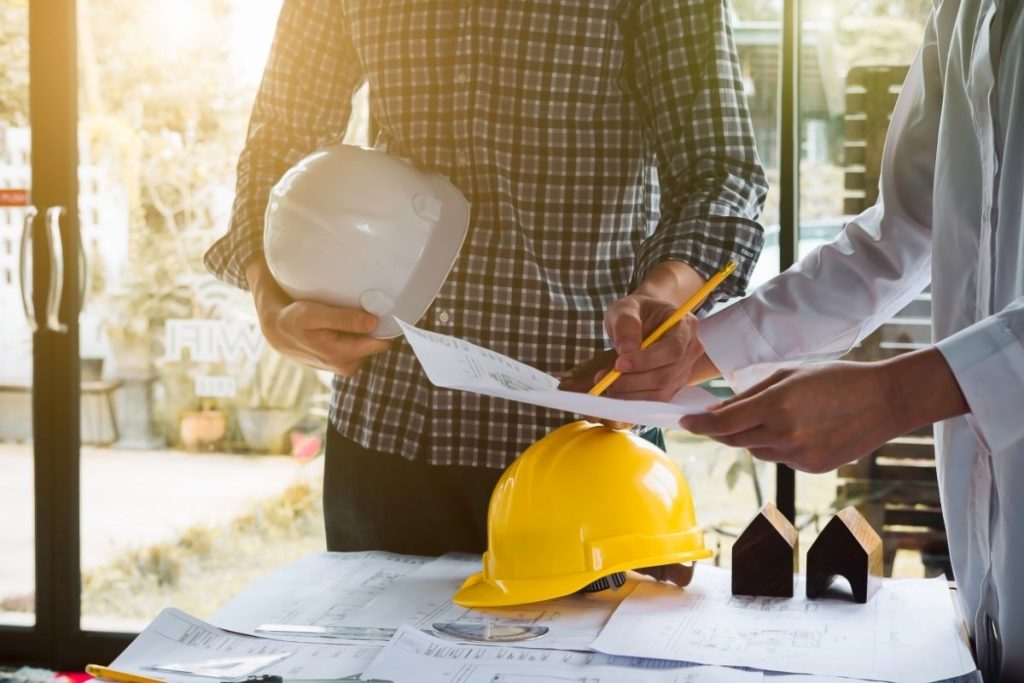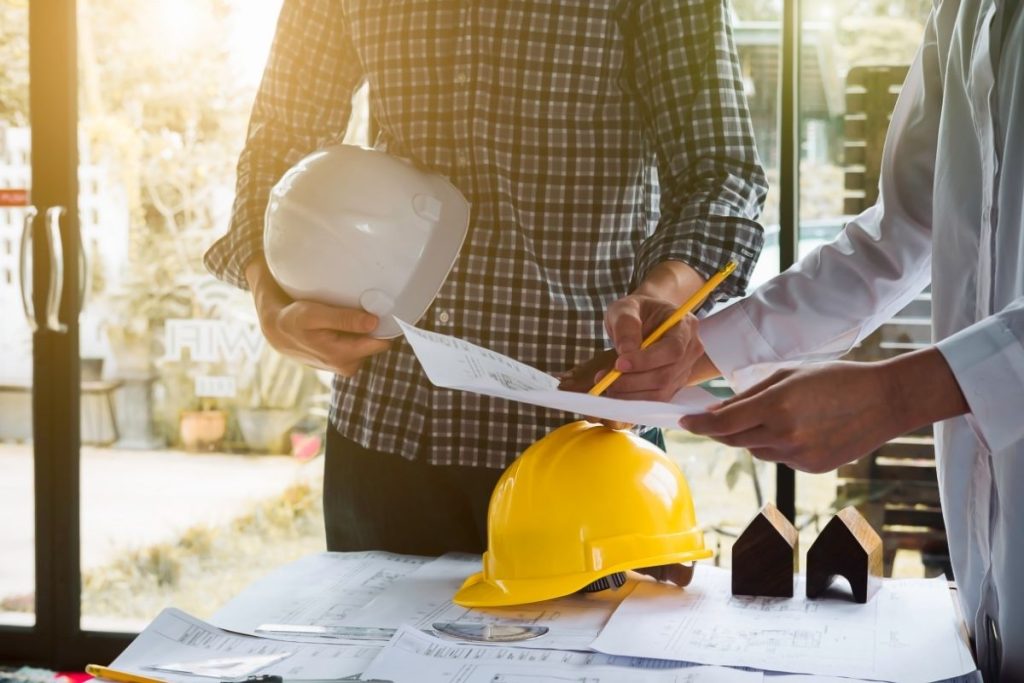
Quality Assurance and Quality Control in Civil Construction
In the construction industry, quality assurance and quality control are interrelated but distinct concepts that play essential roles in delivering successful projects. Although they share the common goal of ensuring the quality of the work performed, each has its own specific functions and processes.
Understanding the Difference
- Quality Assurance vs. Quality Control : While both aim to ensure high-quality results, quality assurance focuses on the processes and procedures adopted to achieve established quality standards. On the other hand, quality control is more practical and focuses on directly verifying compliance with these standards during project execution.
Planning and Implementation
- Quality Control Plan : The quality control plan is the starting point, outlining how quality control will be managed at each phase of the project. It establishes responsibilities, procedures and practices to be followed, along with contingency plans to deal with unexpected deviations or problems.
- Quality Assurance Process : After preparing the quality control plan, the quality assurance process comes into play. Here, quality control officers conduct regular inspections, write reports of their findings, and take corrective action as necessary. These activities ensure compliance with established standards and identify areas in need of improvement.
Challenges and Responsibilities
- Supervision and Surveillance : The person responsible for quality control must closely monitor the work carried out by different teams on the construction site. They must be mindful of using appropriate materials and ensuring compliance with all local regulations and codes.
- Testing and Documentation : It is essential that the person responsible for quality control carries out regular tests on the materials used and meticulously documents all results. This provides an important audit trail and helps resolve future disputes or issues.
Investing in robust quality assurance and control processes is fundamental to the success of any construction project. By implementing detailed plans, conducting regular inspections, and carefully documenting all activities, companies can mitigate risks, ensure compliance with quality standards, and consistently deliver high-quality projects.
Challenges in Quality Control in Civil Construction
In the construction industry, quality control problems can be as subtle as they are dangerous. While some defects are obvious, like a missing tile or an unfinished electrical outlet, others can go unnoticed until they cause serious damage in the future.
Identification and Consequences of Problems- Hidden Defects : Problems such as incorrect spacing between screws or poorly installed electrical wires may seem trivial, but their consequences can be devastating. Inadequate spacing can lead to sudden collapses, while poorly installed electrical wire can cause fires and significant damage.
Role of the Person Responsible for Quality Control
- Scope of Responsibilities : The person responsible for quality control is involved in all phases of the project, from pre-design to post-construction. Each step requires meticulous vigilance and inspection to ensure compliance with quality standards.
Quality Control Phases
- Pre-Design : In this initial phase, building requirements are researched, inspection items are identified, and any confusion is resolved before the project begins.
- Pre-Construction Design : Here, all designs, materials, and revisions are approved, ensuring the project starts on solid foundations.
- Supply of Materials : Quality control comes into play to ensure that materials supplied meet specified standards, avoiding inferior or defective products.
- Inspections and Documentation : Regular inspections are carried out throughout the construction process, with each finding documented for future reference.
Importance of Combining Quality Assurance and Control
The combined use of quality assurance and quality control is essential to ensure that required standards are met at all stages of construction. Continuous vigilance and rigorous application of quality control procedures are essential to mitigate risks and ensure the safety and durability of built structures.
Concluding
Ultimately, effective integration between quality assurance and quality control in construction is critical to the success of any project. Early identification and correction of quality issues ensures occupant safety, structural durability and customer satisfaction.
With well-defined processes, regular inspections and a dedicated team, construction projects can achieve higher levels of excellence and reliability. Investing in quality control is not just a recommended practice, but an imperative necessity for the progress and sustainability of the construction industry.

